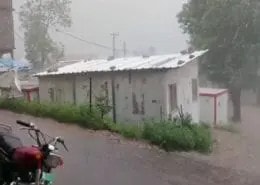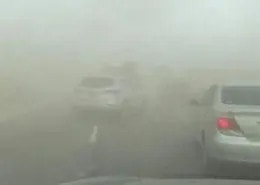
The Latest: Typhoon death toll in China rises to 12
BEIJING The Latest on Typhoon Hato (all times local): 12:20 p.m. The death toll from Typhoon Hato has risen to

Address
2170 Carpenter Street Abbotsford, BC V2T 6B4

BEIJING The Latest on Typhoon Hato (all times local): 12:20 p.m. The death toll from Typhoon Hato has risen to

Though many unfortunate factors can result in aviation accidents, among an aircraft’s greatest threats are ice, fog and wind shear,

LAHORE: Around 13 people died and over 100 were injured in separate incidents after rain and windstorms lashed several cities

At least one person was killed Wednesday after blowing dust triggered multiple vehicle collisions throughout Illinois. Strong thunderstorm winds caused

Gale force winds caused accidents and power cuts in parts of Macclesfield. Strong gusts of up to 55mph caused a

Larnaca District Court on Thursday acquitted the operator of a 200-tonne tower crane that fell on to Phinikoudes promenade in

Anybody working in the construction industry either here in the UK or anywhere else in the world is likely to

Nobody can have failed to have seen last week’s news about the crane collapse in the USA. It seems that